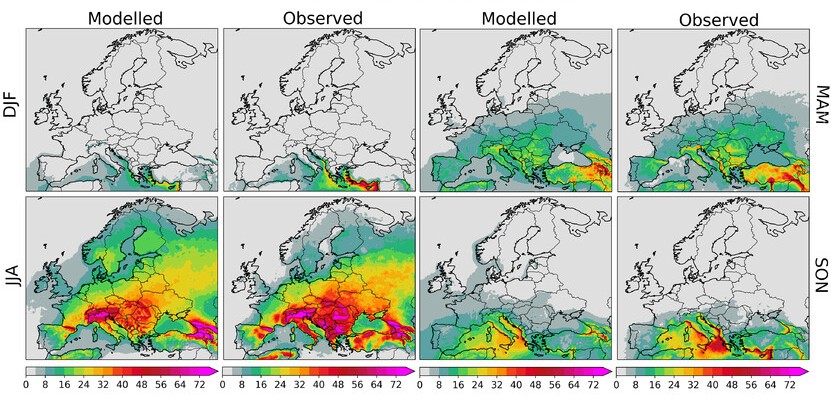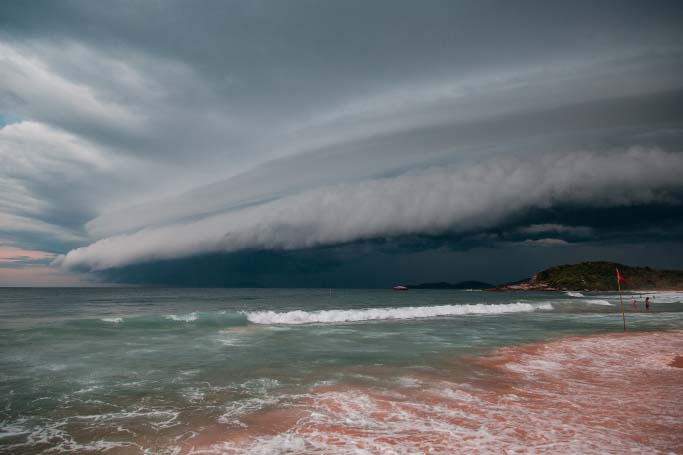Storms are becoming more frequent and more intense, and climate change is only exacerbating this trend. Understanding how this risk is evolving and what impact it may have on critical infrastructure is key to making strategic decisions about protection.
Summer is the season with the highest storm activity in Europe. This is confirmed by the study published in the Journal of Applied Meteorology and Climatology (AMS, 2023), which shows a clear intensification of lightning density over the Iberian Peninsula during June, July, and August (JJA). The study’s visualizations particularly highlight the increase in lightning strikes across southern Europe.

Furthermore, what used to be a relatively stable seasonal pattern is now intensified by climate change. A study published in Science (Romps et al., 2014) estimates that for every one-degree Celsius rise in global temperature, lightning frequency could increase by 12%. This significantly raises the risk for industries, buildings, and power networks, especially during the summer months.
Lightning damage with potential to paralyze a business
The economic impact of a lightning strike is not limited to visible physical damage. It can also cause, among other effects:
- Operational disruptions: system crashes, data loss, production downtime.
- Indirect costs: contractual penalties, equipment replacement, higher insurance premiums.
In many cases, the recovery cost far exceeds that of having implemented preventive measures. Lightning protection can no longer be seen as a secondary option: it is a key element within business continuity and risk management strategies.
Lightning Protection Systems and Regulatory Compliance
The installation of a certified lightning protection system not only reduces risk but also ensures compliance with current legal and regulatory requirements. Several countries have their own national standards governing lightning protection systems; some of which define the technical criteria for Early Streamer Emission (ESE) air terminals and other active protection systems.
At the international level, IEC 62305 serves as the global reference standard. Compliance with these regulations ensures quality, safety and preventive reliability, while allowing organizations to demonstrate their commitment to protecting people, assets, and operations.
Lightning Protection Solutions Tailored to Every Need
With more than 50 years of experience, INGESCO offers advanced lightning protection solutions adapted to every type of facility. Our proposal includes:
- Risk audits and customized studies.
- Design, supply, and installation of certified systems.
- Maintenance, technical support, and active monitoring to ensure continuity and effectiveness of the installed system.
Each solution is adapted to key factors such as geographic location, type of structure, lightning density in the area, and the sensitivity of the systems to protect.
Protecting Against Thunderstorms Is a Strategic Decision
The summer thunderstorm season is already here. Ignoring the risk of lightning can mean high economic and operational costs. Anticipating with a professional lightning protection solution is not just a safety measure, but a smart investment for both the present and the future.
Assess your risk, trust the experts, and protect your most valuable assets with INGESCO.

